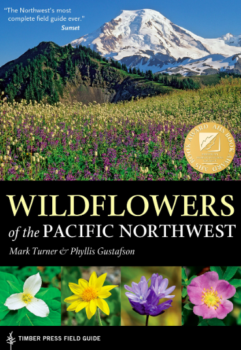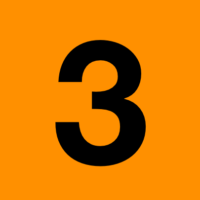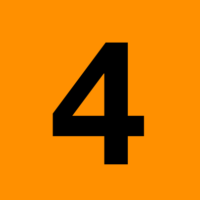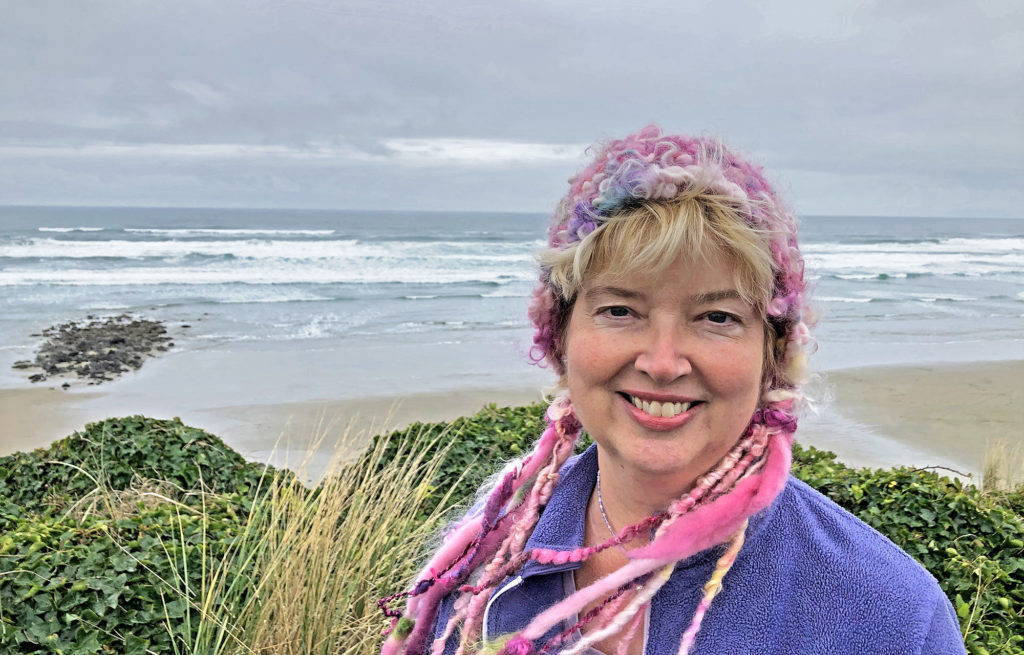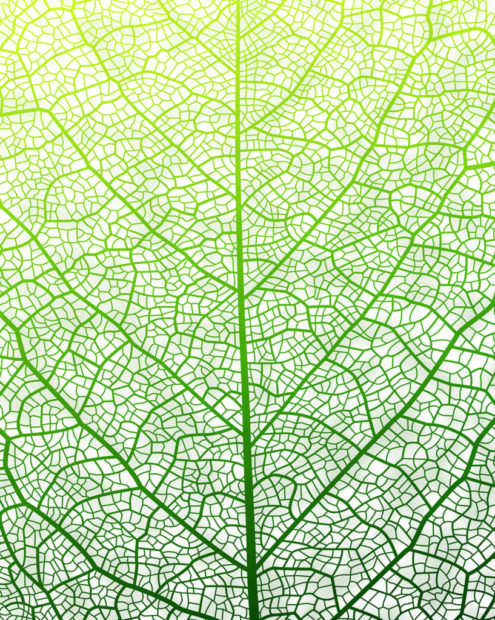
Welcome to the
BI 101 Resource Pages
Each week has online resources, which are basically free online readings. Within each week\’s resource are topic webpages. Material on these webpages complements the lectures and activities and this content can (and will) be on the exams.
You can use the course schedule webpage or resource index to navigate to each resource. Typically each week\’s resource has four webpages to complete.
This week\’s first two webpages introduce the course and the other two introduce content that complements the Science Discovery lecture and Flowers activity.
Scroll down and select each of the four page links.
Introduction Week 0

Welcome Week \”0\”
Complete all four of these sections.
Goes with Thursday lecture
Goes with 50-minute activity
Science Discovery & Flowers content can appear on an exam
The first digital post assignment is introduced in Thursday’s lecture and due Sunday, Sept. 29, by 11:59 p.m. Read more about the digital post assignment here.
The material below is not on an exam, but may be of interest
Discover Science
Throughout our lives we explore the natural world, describe what we see, and try to explain what is going on. While building this course, we\’ve added opportunities to explore habitats, describe organisms, and explain natural phenomena. I hope this course helps you enjoy a lifetime of science discovery!
Lesley
Behind-the-Scenes
Prep Team
Each week the two activity rooms (lab & recitation) have new and elaborate set-ups that are put together by the lab coordinator Mark Lavery and a team of students. Meet a key member of the prep team.
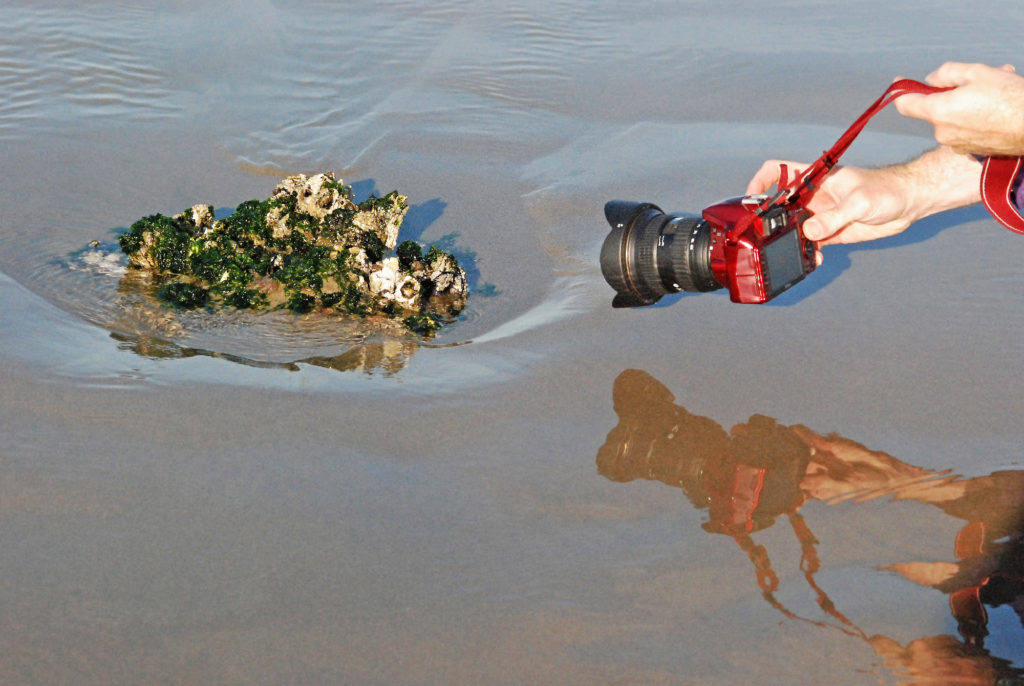
Mini Island
A view of the rock featured on the Science Discovery webpage. This rock has at least nine marine invertebrate species, including barnacles, snails, limpets, and clams.
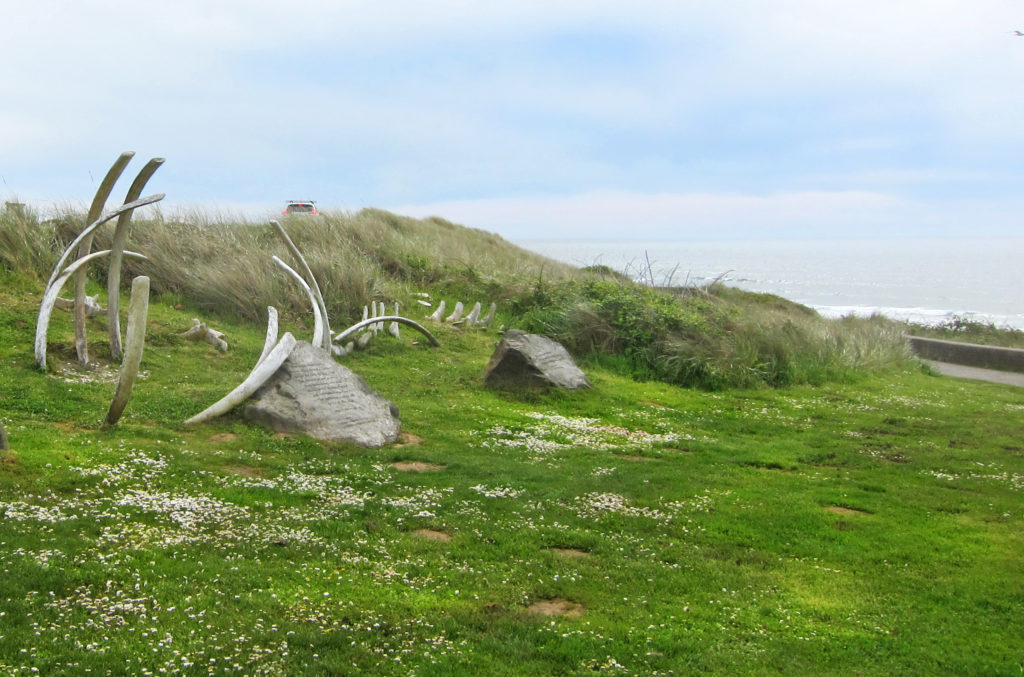
Coastal Art
A whale bone sculpture exploring human-animal interactions at Nye Beach, Newport Oregon. This course addresses both natural environments and human-created environments.
Oregon Coast Barnacles
Barnacle species are one of the easiest types of organisms to find along the rock tidal zone of the pacific coast, and many other coasts around the world. These marine organisms feed under water, but can also stay moist if exposed above the water for hours at a time. This means you can find barnacles even when the low tides are not that low. Plan a trip to find barnacles, you can photograph them for a digital post assignment. As always, exercise safety: travel with others and watch out for waves.
Recommended Books

Read the story of one of history\’s most interesting science explorers.
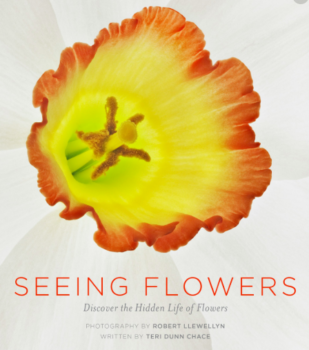
Discover the complexity and wonder of flowering plants.
